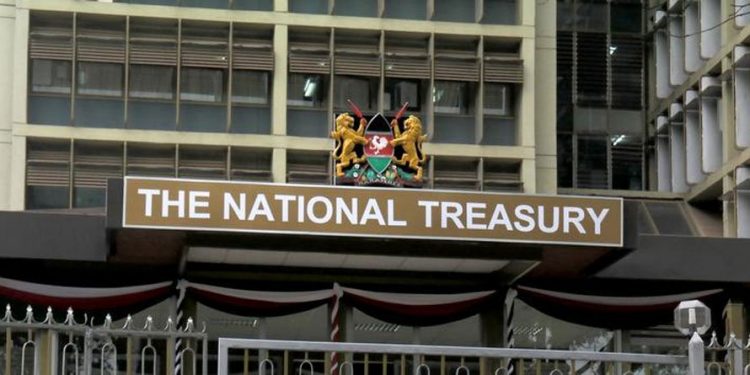Kenya’s debt load closed the 2021-2022 fiscal year at Ksh.8.6 trillion, an 11.5 per cent yearly rise in public debt from Ksh.7.7 trillion recorded in June 2021.
New provisional data from the National Treasury shows gross public debt was up by Ksh.822.5 billion across the period, with the debt stock split in half between domestic and external loans.
“The increase in the public debt is attributable to external loan disbursements; exchange rate fluctuation; and the uptake of domestic debt during the period,” the National Treasury said in its latest quarterly economic and budget review report.
Domestic debt rose the fastest in the period at 16 per cent to reach Ksh.4.288 trillion from Ksh.3.697 trillion a year prior.
Meanwhile, the external public debt stock was up by a lower 7.3 per cent, climbing to Ksh.4.29 trillion from a flat Ksh.4 trillion previously.
Non-bank & non-residents hold the bulk of Kenya’s domestic debt at Ksh.2.2 trillion through holdings of Treasury bills and bonds ahead of banks who hold Ksh.2.1 trillion of Kenya’s local debt.
Externally, multilateral lenders, including the World Bank and the International Monetary Fund (IMF), hold most of Kenya’s debt at an equivalent of Ksh.1.9 trillion.
Meanwhile, Bilateral creditors and commercial banks each hold Ksh.1.2 trillion of Kenya’s external public and publicly guaranteed debt at the end of June 2022.
Read also; MPs Approve Proposal to Raise Debt Ceiling to Ksh 10 trillion.




